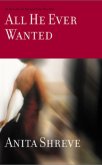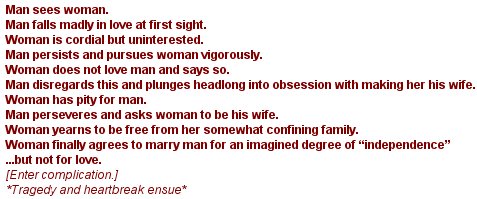-by Georges Simenon
160 pages, Penguin
ISBN-10: 0143037277 / ISBN-13: 978-0143037279
My Rating: 4/5 stars
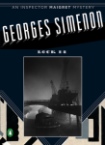 Acclaimed author, Georges Simenon, once again weaves a capturing tale of mystery and suspense, with the astute Inspector Maigret at the wheel. A series numbering over 100 books, the Inspector Maigret series – after a long stint of unavailability – has, thankfully, been reintroduced by Penguin Books to readers hankering for good mysteries. With an intriguing plot and a cast of believable characters, Lock 14, set early on in the Maigret series), is a swift but gratifying read.
Acclaimed author, Georges Simenon, once again weaves a capturing tale of mystery and suspense, with the astute Inspector Maigret at the wheel. A series numbering over 100 books, the Inspector Maigret series – after a long stint of unavailability – has, thankfully, been reintroduced by Penguin Books to readers hankering for good mysteries. With an intriguing plot and a cast of believable characters, Lock 14, set early on in the Maigret series), is a swift but gratifying read.Brusquer and less loquacious than Agatha Christie’s Hercule Poirot, Inspector Maigret is all business as he takes on a new case that is sure to perplex even the most skilled of sleuths.
Set in France, in the region of a lock located on a busy section of canal, Lock 14, recounts the underhanded goings-on along these extensive waterways. With commercial barge interchange in the lock, coupled with high-class yachts and tourist boats, which were often gathered in close proximity, the result was an aquatic melding pot of working class and “upper crust” societies.
The varying degrees of society in the vicinity of Lock 14 have apparently collided, on a rainy April day, when two dockmen stumble upon the cadaver of elegantly-clad Mary Lampson while rummaging under the hay in a stable; 5 hours dead from apparent strangulation. Inspector Maigret is called to piece things together. First to be interviewed is the dead woman’s husband, Sir Walter Lampson, an Englishman and retired colonel of the Indian Army, whose pleasure craft is docked near Lock 14. The Inspectors sharp instincts are alerted when Lampson, along with fellow passengers of his yacht - who seem only bent on a life devoted to decadence - appear oddly aloof and indifferent to the murder. Ultimately shedding light on a heartrending occurrence of lost identity and lost love, Maigret gradually pieces together the stories of those involved, and how Mary Lampson and a second victim met their untimely end.
Regardless of the descriptive language outlining the characters, conspicuous is the lack of background on Inspector Maigret himself. Simenon leaves the reader guessing about the Inspectors persona, and the depths that lie beneath his somewhat gruff and abrupt exterior.
Despite their small size, Simenon's Inspector Maigret series of mystery books are highly satisfying and concentrated with page flipping “who-dunnit” suspense, keeping readers captured until the final pages. Lock 14, itself, saw publication in 1931 and yet remains accessible and a pleasure to read. These are excellent books that are small and easy to pack for a weekend getaway or outing, and can be easily enjoyed in a few brief sittings.
Buy Lock 14 at Amazon.
04/26/2007
- reviewed for Curled Up With A Good Book

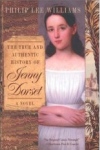 Williams delivers a classic of our day!
Williams delivers a classic of our day!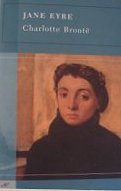 a timeless classic
a timeless classic brilliant debut demonstrates storytelling at its best
brilliant debut demonstrates storytelling at its best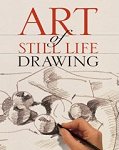 Next best thing to a personal instructor
Next best thing to a personal instructor Fresh innovative design
Fresh innovative design Bella! Bella!
Bella! Bella! a more focused glimpse into Austen’s world
a more focused glimpse into Austen’s world delicate as a paper crane
delicate as a paper crane  A history lesson with heart
A history lesson with heart histrionic but fabulously riveting
histrionic but fabulously riveting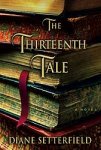 Tell me the truth..."
Tell me the truth..."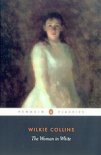 Wilkie Collins’ most captivating oeuvre
Wilkie Collins’ most captivating oeuvre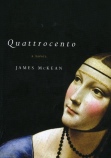 a noteworthy first attempt
a noteworthy first attempt when cultures collide
when cultures collide an attractive and practical reference tool
an attractive and practical reference tool cliché Geisha?
cliché Geisha? cholera: an effective metaphor for love
cholera: an effective metaphor for love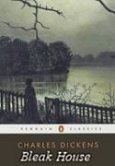 quite possibly Dickens' magnum opus
quite possibly Dickens' magnum opus Book Rule #15: Sequels are always disappointing.
Book Rule #15: Sequels are always disappointing.  "a poetic causal nexus known only to chemists"
"a poetic causal nexus known only to chemists"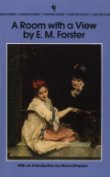 an enchanting Edwardian-caricature
an enchanting Edwardian-caricature look at all the lonely people…
look at all the lonely people… The people behind the faces of the local Chinese-Canadian greasy spoon
The people behind the faces of the local Chinese-Canadian greasy spoon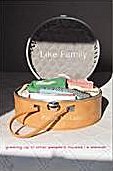 An unforgettable memoir about "forgotten" children
An unforgettable memoir about "forgotten" children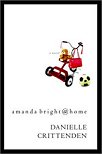 Bright indeed!
Bright indeed!
 shadows and light
shadows and light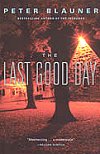 forgettable mystery, un-thrilling thriller
forgettable mystery, un-thrilling thriller magnum opus of suspense and intrigue
magnum opus of suspense and intrigue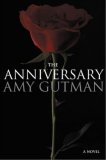 Three women. Three notes. One fear…
Three women. Three notes. One fear…